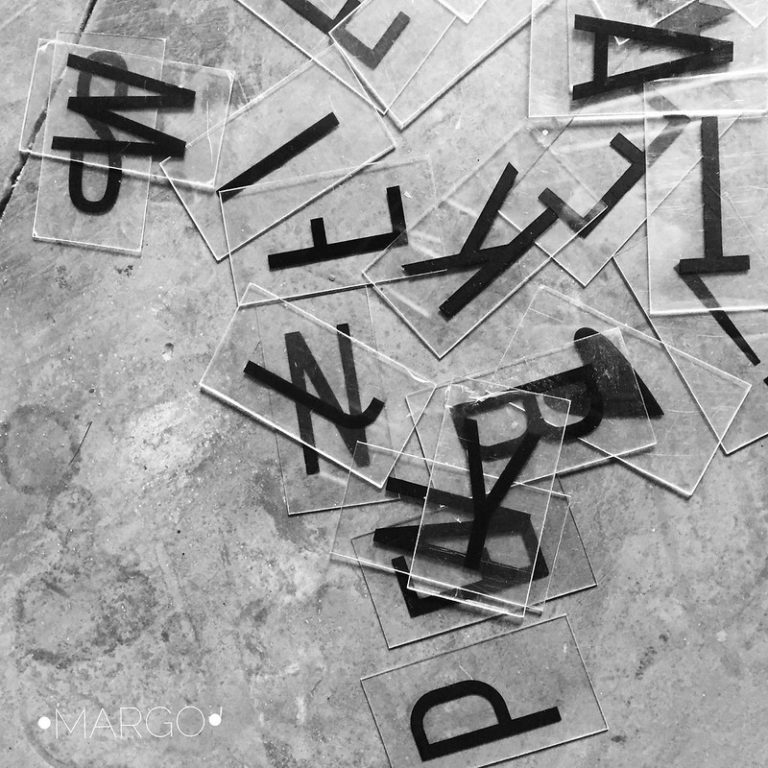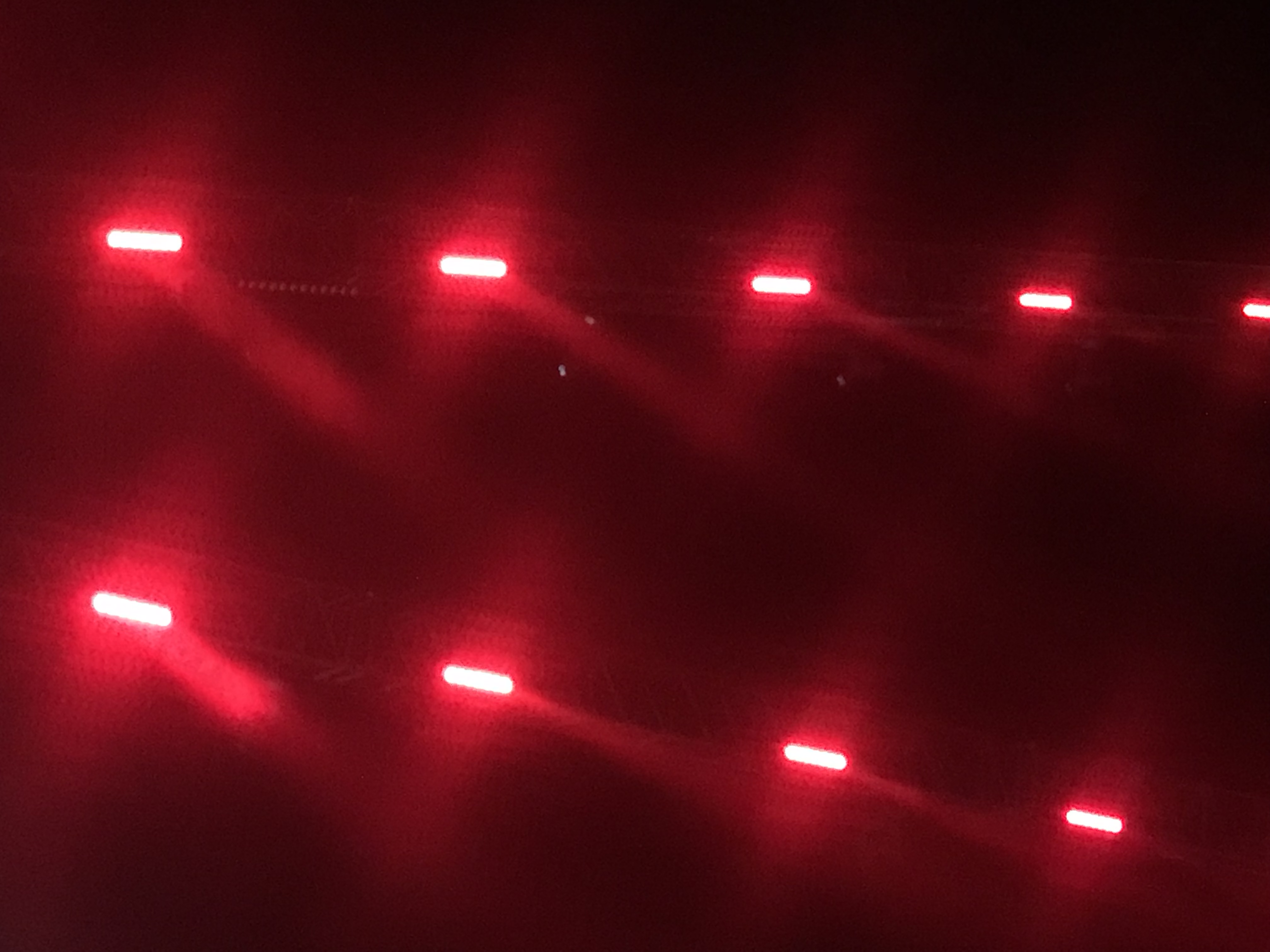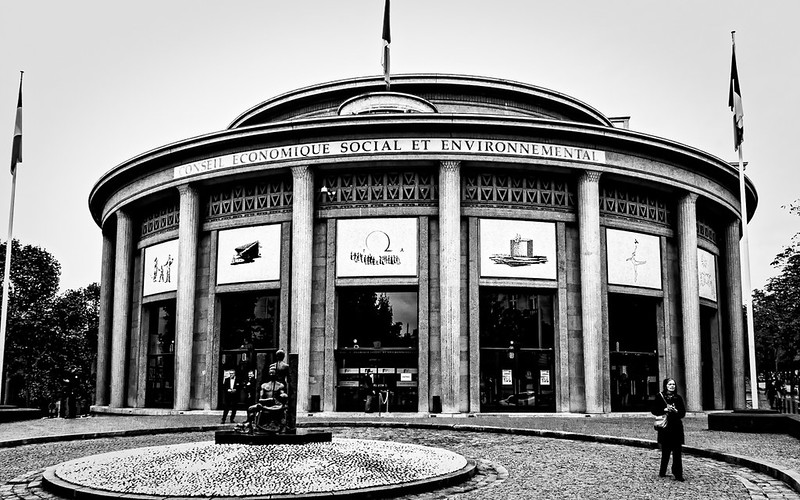News
GMOs/NGTs : a deceptive patent ban
At its plenary session on 6 February 2024, the European Parliament’s Environment Committee will present its proposed amendments to the initial draft on the deregulation of GMO plants obtained using « new genomic techniques ». These include the non-patentability of « NGT plants ». But what could be behind such a proposal when it has been discussed upstream with the seed multinationals, which hold the majority of patent rights on NGTs ?

Since its publication on 5 July 2023, the European Commission’s regulatory proposal on “new genomic techniques” (NGTs) has been the subject of a complex and intense debate. A number of problems have been raised, such as the lack of a scientific basis, the proposed abolition of traceability for GMOs derived from these techniques, the abolition of the right of Member States to ban cultivation, and the end of public information. In recent weeks, however, the issue of patentability has come under the spotlight, with some Member States proposing to ban the patentability of GMO/NGT plants. A real political dissensus thus weighed on the vote of 11 December 2023 by the European Council of Agriculture Ministers, which therefore did not adopt the Spanish Presidency’s compromise proposal. Today, it is the turn of the European Parliament’s “agriculture” and “environment” committees to propose that these plants should not be patentable. However, farmers’ organisations and civil society groups have already warned that such a decision, which would not serve its purpose in its current form, would be a mere announcement.
Reminder of the patent issue
The problem of patents has crystallised around a major thrust of the Commission’s initial text, which proposes the abolition of all traceability and labelling of plants derived from NGTs. Such a move would result de facto in the loss of information on the detection and identification procedures for patented GMOs/NGTs, and therefore on the possible presence of patented “biological material” or “genetic information” in various products : commercial seeds modified by NGTs, plants, seeds and products contaminated in the field or in the supply chain, farmers’ or traditional seeds containing biological material or genetic information that cannot be distinguished from the descriptions given in the patents, and in all the products derived from them. This loss of information would create legal uncertainty for farmers and small and medium-sized seed companies, processors and distributors of agricultural products. The latter do not have the means to know whether or not they are at risk of being sued for infringement of these patents, or to defend themselves against abusive lawsuits, nor do they have the capacity to ensure that no patent covers a plant before working with it.
Although some patent databases, such as Pinto, proposed by Euroseeds, the representative of European seed companies, are available, they are incomplete because they are based on the voluntary principle. Information on seeds covered by patents is therefore at the discretion of the breeders alone. The “patent clubs” set up by the major seed companies, which hold the vast majority of NGT patent rights, are not a solution for small players in the sector either, as they too have little access to them1.
Deregulating GMOs would therefore mean subjecting the entire farming and seed industry, as well as the processing and distribution of agricultural products, to the patents of a few multinationals. Contrary to appearances, however, the non-patentability of NGT plants, as proposed by MEPs on the European Parliament’s Environment and Agriculture Committees, would be far from sufficient to solve this problem.
Parliamentary “convergence“
On 13 December 2023, this Agriculture Committee had proposed, among other things, the non-patentability of “NGT plants and their parts” (without specifying NGT1 or NGT 2)2. It seems unambiguous on the non-patentability of GMOs/NGTs : “NGT plants, their seeds, plant material, associated genetic material such as genes and gene sequences, as well as plant characteristics should be excluded from patentability“. However, this amendment is limited solely to the non-patentability of NGT products and does not concern processes.
In its report voted on 24 January 2024, as Inf’OGM was able to read it, the Environment Committee, the lead parliamentary committee on this issue, proposes the following amendments to the European Parliament :
– Exclusion from patentability (new Article 4a)
The following will not be patentable : “NGT plants, plant material, parts thereof, genetic information and the process features they contain shall not be patentable.“.
– Evaluation report on the impact of patents (New article 30, par. 5 a)
Submission, by June 2025, of a report by the European Commission assessing the impact of patents on breeders’ and farmers’ access to various plant reproductive materials, innovation, and opportunities for SMEs. This report, which will take account of Articles 4a (Exclusion from patentability) and 33a (Amendment of Directive 98/44 on biotechnology inventions) (see below) of the current regulation, will determine whether additional legal measures are required.
– Amendment of European Directive 98/44/EC on biotechnological inventions (new Article 33a) of its Article 43
The latter, which defines the elements excluded from patentability, would be supplemented by the exclusions of the new Article 4a of the NGT Regulation referred to above, as well as by the excluded subject matter of Directive 2001/18 : “plants, plant material, parts thereof, genetic information and process characteristics contained therein which are obtainable by techniques excluded from the scope of Directive 2001/18/EC, as listed in Annex IB to that Directive“.
According to Annex IB of Directive 2001/18, the techniques excluded from the scope of this directive because they have a history of safe use are “mutagenesis” (not on cells multiplied in vitro but on whole plants, for example) and “cell fusion” of plant cells from organisms that can exchange genetic material by traditional selection methods. Plants, plant material, parts thereof, genetic information and process characteristics contained therein” resulting from these techniques would therefore not be patentable. It should be noted that these amendment provisions are a far cry from the European Commission’s initial proposal for a regulation in July 2023. The latter contained no provisions relating to patents. But, above all, can this non-patentability be effective ?
False pretenses and risks involved
In proposing the non-patentability of “NGT plants, parts of plant material thereof, genetic information and process characteristics contained therein“, Parliament’s two committees are concerned only with patents covering products. What remains are patents covering processes, which relate to the techniques themselves. The biotechnology industry retains the legal right to claim patent rights on all the processes and other “genetic scissors” it wishes. All the reagents that implement these processes are also patentable, such as new enzymes or Crispr systems. The very existence of these process patents renders null and void the proposal by the Parliamentary Committees to abolish patents on NGT plants. This reality of patent law was reiterated by ECVC and twelve French organisations on 25 January 2024, who wrote that “the promise to ban the patentability of GMO/NGT plants is nothing more than a smoke and mirrors scheme designed to mislead the public […] such an amendment would be totally pointless as it would perpetuate the patentability of NGT techniques which it is not planned to abolish“.
The risks, for both seed companies and farmers, resulting from contamination or unintentional use for breeding of genetic resources covered by patents, would therefore remain. As do the risks of abusively extending the scope of patents to the resulting “native traits“.
In the case of infringement proceedings requiring a reversal of the burden of proof4 : seed growers who have registered their varieties or heterogeneous materials before filing a patent application, deposited a sample in an official collection and/or published their genetic sequences in an official journal, will be able to claim that their seeds have prior art and therefore that they have not made use of the patented invention. On the other hand, farmers and small amateur seed growers who do not register their seeds in the catalogue, do not sequence their genomes and do not deposit samples in official collections will not be able to provide this proof of anteriority enabling them to prove that their seeds are not counterfeits of the patented invention.
Multinationals consulted upstream
The seed multinationals were consulted by the Parliamentary Committees, as their “Transparency” pages show. Have the new provisions been endorsed by these multinationals ? And if so, what would that mean ? Just as medium-sized seed companies are looking at plant variety rights (PVR) rather than patents, multinationals could be satisfied with patent protection for their processes5. Because the very existence of the latter will enable them to claim rights over plants derived from NGT processes.
They could also benefit from a PVC on genetic characteristics which, linked to process patents, would enable them to regain a form of genetic protection for their NGT-derived products. In addition, patent protection remains very expensive and may lead even the major seed companies to rationalise their patent portfolios. A fortiori, if NGT-derived products were no longer patentable. A single process patent can cover multiple varieties, and possibly multiple species, containing genetic traits obtained directly by this process. In order to make the most of their NGT developments, multinational seed companies would still be able to rely on their patents covering their processes. Legal action is possible on the basis of such rights.
Directive 98/44 and European Patent Convention
Finally, if the non-patentability of “NGT plants, parts of plant material thereof, genetic information and process characteristics contained therein” were to be adopted, this would have consequences for the EU Biotechnology Inventions Directive 98/44/EC, which would have to be amended, as proposed in the amendment above. EU Member States will then have to incorporate the new provisions into their national legislation with adjustments in their national legal systems to ensure compliance. The “European Unitary Patent“, which is dependent on the European Union, will also have to take account of the new provisions governing the patentability of plants derived from NGTs.
Then, for these amendments to apply to European patents, the European Patent Convention (EPC) governing the operation of the European Patent Office (EPO), a body that does not depend on the European Union, will have to incorporate these new provisions on NGTs, as it did for essentially biological processes. But the official route for such an amendment is neither simple nor quick, and requires the approval of the members of the EPC, not all of whom are members of the European Union6. In addition, patent applications filed and patents granted prior to these amendments will not be cancelled but would be “further limited” (Recital 45a /amendments of the Environment Committee) to process claims. They will nevertheless remain valid until the end of the 20 years following the date on which they were filed. If we continue to leave the reins of European law in the hands of industry lobbyists, this will be enough time to force a vote on new changes to GMO regulations….
Adoption and transposition
The report is due to be presented to the plenary session of the European Parliament on 6 February, with a possible vote. Should the European Parliament vote on a text, it will follow the ordinary legislative procedure as part of a trialogue that also includes the Council (which has yet to propose its amended text) and the European Commission in the discussions to reach a final text. Many players and observers are beginning to doubt whether such a final text can be adopted before the election of a new European Parliament in June 2024 and the appointment of a new Commission.
- Frédéric PRAT, « Brevets : certains semenciers enterrent la hache de guerre », Inf’OGM, 7 mai 2018. ↩︎
- European Parliament, Agriculture Committee, « Opinion of the Committee on Agriculture and Rural Development for the Committee on the Environment, Public Health and Food Safety on the proposal for a regulation of the European Parliament and of the Council on plants obtained by certain new genomic techniques and their food and feed, and amending Regulation (EU) 2017/625 », 13 December 2023. ↩︎
- OJEU, « Directive 98/44/EC of the European Parliament and of the Council of 6 July 1998 on the legal protection of biotechnological inventions », 30 July 1998. ↩︎
- The burden of proof is said to be reversed when it is not for the patentee to prove that there is infringement but for the accused party to prove that it is not an infringer. This situation arises more particularly in the case of process patents. ↩︎
- Denis MESHAKA, « The dilemma faced by certain seed companies in relation to intellectual property rights », Inf’OGM, 6 décembre 2023. ↩︎
- Denis MESHAKA, « Deregulation of GMOs : 13 organisations call for it to be rejected », Inf’OGM, 29 janvier 2024. ↩︎













